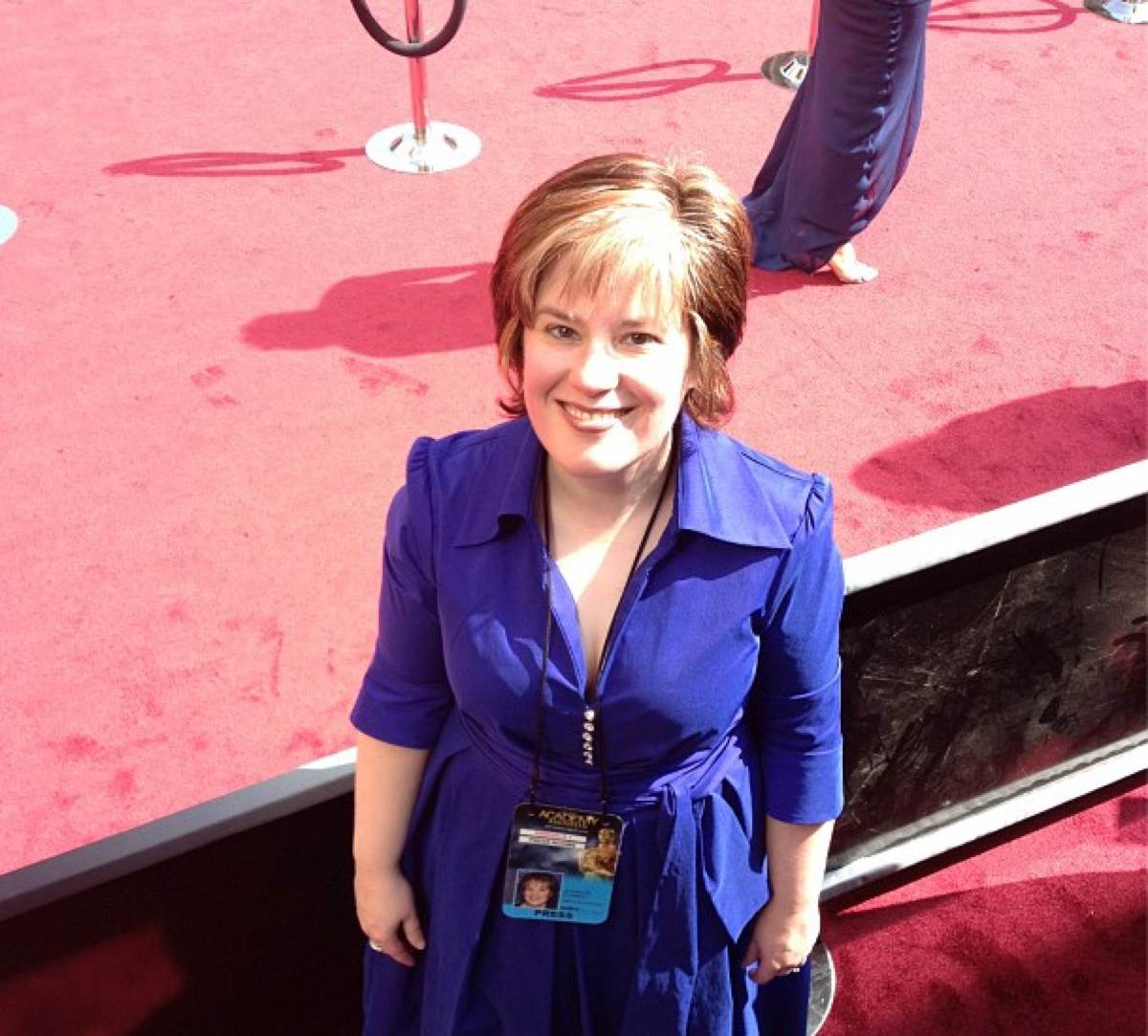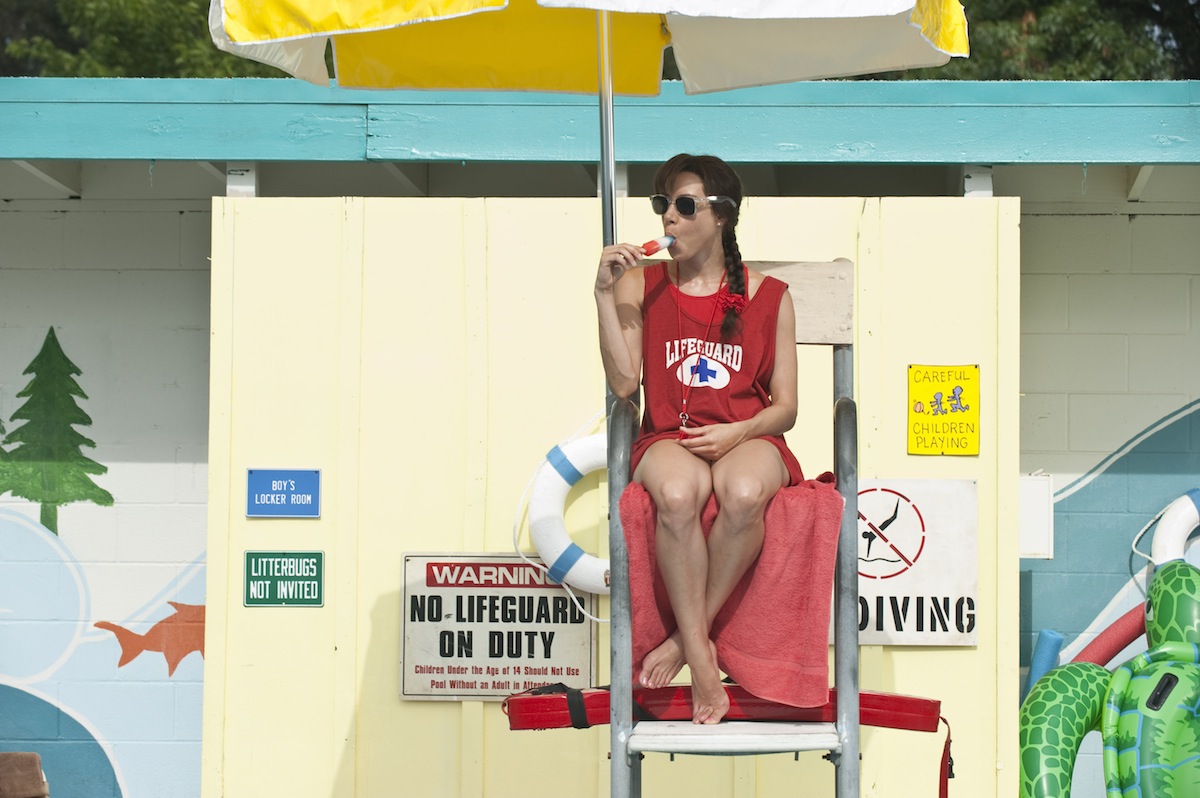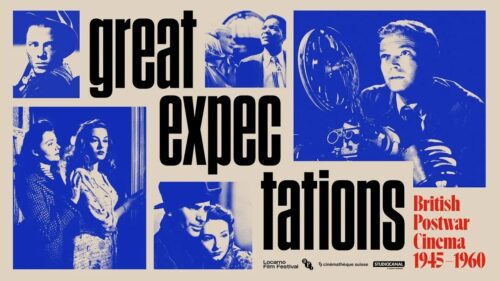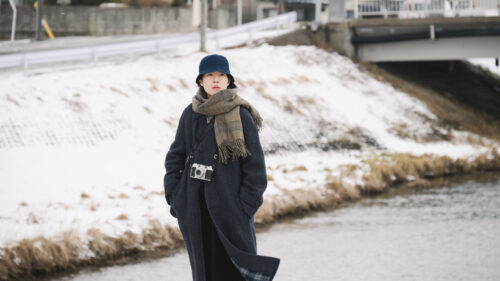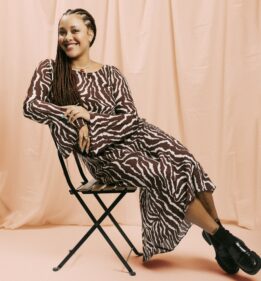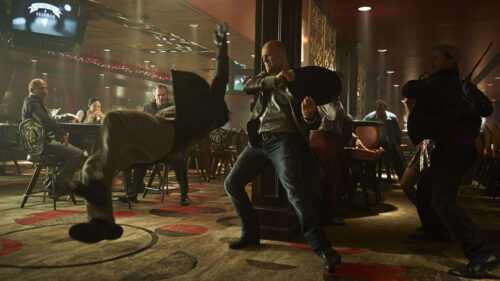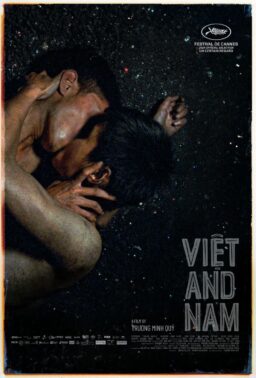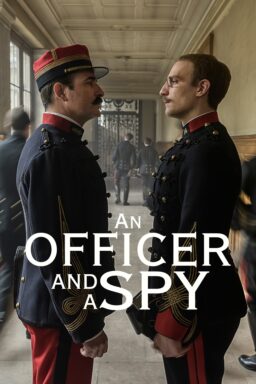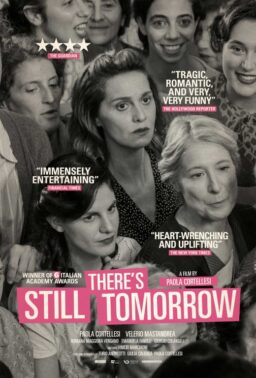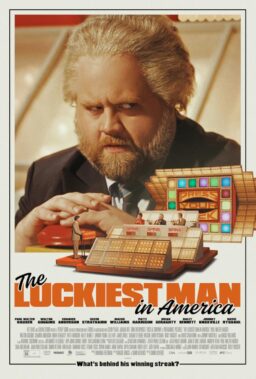“The To Do List” may not be a film of great substance, and unless the Academy finally decides to create a category called Best Dry Humping Scene, it probably won’t be an Oscar contender, either. But this comedy about a young girl’s strange, semi-erotic journey from untouched maiden to minx accomplishes something both rare and significant for a teen movie: it places a female character in the central role as unapologetic sexual aggressor.
During a summer when pool parties and beach bonfires have been dominated by the date rape-y groove of “Blurred Lines” (“I know you want it/but you’re a good girl”), “The To Do List” introduces Aubrey Plaza’s Brandy Klark: class valedictorian, soon-to-be Georgetown University freshman and a most definite “good girl” who wants it, doesn’t care if you know it, and fully intends to get it. One can easily imagine writer-director Maggie Carey, who makes her theatrical debut here, saying to herself, “‘Say Anything’ is great. But what if Diane Court went to the graduation party, got drunk, then spent her summer trying to engage in a variety of sex acts with Lloyd, Joe, the Keymaster and anyone else who happened to be in the Gas ‘n’ Sip parking lot?”
Some might ask whether a celebration of one girl’s promiscuity counts as cinematic progress. The answer: In the context of this type of movie, yes, it does. To understand why, let’s start with some history.
The mainstream teen sex comedy—as well as the modern teen movie as we now know it—emerged as a genre of its own in the early 1980s. Thanks to the popularity of the panty raids in 1978’s “Animal House” and, to a lesser extent, the summer-camp antics of Spaz and co. in 1979’s “Meatballs,” the peep-and-tell aesthetic became a dominant force, prompting Roger Ebert to ask in his review of “Private School“: “Is it some kind of trend in our society that the same movies that used to appeal to dirty old men are now being made for teenagers?”
Yes, it was some kind of trend. We got movies about boys trying to shed their virginity (“The Last American Virgin”, “Losin’ It”), boys successfully shedding their virginity with cougars (“Private Lessons,” “My Tutor”, “Class“), boys using home computers to create super-hot cougars (“Weird Science“), boys turning the telekinetic into the tele-kinky (“Zapped!”), boys hooking up with hookers (“Risky Business“) and, of course, boys, spying on naked girls whenever possible (“Private School”, “Revenge of the Nerds”, “Porky's” and roughly a million others).
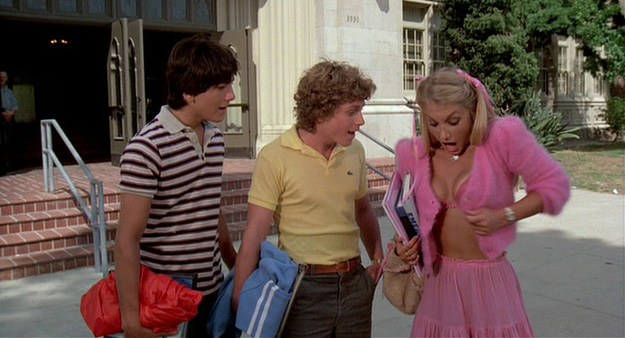
These films ran the gamut from lowest-brow (“Zapped!”) to more sophisticated works (“Risky Business”). But in all of them, the sex largely functioned as male wish-fulfillment fantasy. More often than not, women and girls were treated as objects of lust, pornographic awe, potential conquest or all of the above.
Occasionally a movie with a female focus did sneak its way into the mix. “Little Darlings“, a 1980 romp that pit Kristy McNichol and Tatum O'Neal against each other in a race to lose their virginity at summer camp, was notable for showing that girls were just as driven to do the deed, even if its “competition” eventually devolved into life lessons worthy of anafter school special. The arrival two years later of “Fast Times at Ridgemont High“, directed by Amy Heckerling, was more meaningful because it addressed teen sexuality among girls with commendable frankness and sensitivity. (Not coincidentally, it’s also one of the only teen movies of the time period directed by a woman.)
Other adolescent entries from the “Girls Just Want to Have Fun” era turned their lenses on young women, but usually (and often understandably) made their sexual longing more about romance than libido. “Sixteen Candles” wasn’t a teen-sex comedy, but it did riff on the genre, particularly during a shower scene that reveals Carolyn Mumford’s bare breasts with a juvenile bazoinga sound effect, only to further reveal that it’s Samantha Baker (Molly Ringwald) and her best friend who are peeping at her with female envy. Mostly, though, the ’80s movies geared toward girls served up swoony imagery that made an entire generation of women grow up hoping that sex, or at least foreplay, would involve kissing Jake Ryan while leaning over a birthday cake, or grinding with a shirtless Patrick Swayze, or magically commingling with a shivery John Cusack to the sound of Peter Gabriel’s “In Your Eyes.” Good luck living up to all that, boys.

In the 1990s and early 2000s—with releases like “Clueless” (Heckerling again), “10 Things I Hate About You,” “Election” and “Mean Girls“—females regularly served as the central figures in mainstream teen movies, but their characters tended to focus on matters that either didn’t involve sex (high school politics, burn books) or dealt with sex in peripheral ways.
Of course, there was one movie released during this period that put teenage sex directly back on the Hollywood front burner, or rather, the oven rack: 1999’s “American Pie.” A throwback to those earlier teen sex comedies, this was another bawdy romp about randy boys hoping to ditch their virginity before high school graduation. But unlike its forebears, “American Pie” also permitted its female characters to behave like actual human beings. They were wise about sex (Natasha Lyonne’s Jessica), able to experience pleasure (Tara Reid’s Vicky) and capable of playing the ultra-dominant role in the bedroom (Alyson Hannigan’s Michelle). “American Pie” was categorized as a movie for bros, one that would indeed spawn other “bro” movies (including “Road Trip” and “Superbad“) as well as direct sequels. But things had changed a little since the “Porky’s” period, a fact that came through loud and clear when Hannigan straddled Jason Biggs and shouted, on behalf of silent, objectified teen-sex movie chicks everywhere: “Say my name, bitch!”
The idea that a girl could be the master of her own sexual domain was pushed even further in 2010’s “Easy A,” in which Olive Penderghast (Emma Stone) actively embraced her reputation—albeit a false one—as a slut. This comedy, which wears its love for the John Hughes era like a massive button on an ’80s jean jacket, had the courage to imply that all the kerfuffle about who’s sleeping with whom is really just a bunch of b.s. But it didn’t fully admit that a nice girl like Olive might actually be interested in the fornicating, minus the fibbing.
Which brings us, finally, to “The To Do List,” a movie set in1993 that represents a 2013 evolution in the teen-sex movie experience. (Note: some plot spoilers lie ahead.)

“The Do List” is entirely about Brandy, a girl who, like the Pie posse, wants to learn the sexual ropes before she goes off to college. In this overachieving admirer of Hillary Clinton, we can see shades of the silver screen sisters who came before her. Like Diane Court in “Say Anything…” she’s a valedictorian more concerned about her ambitions than potential boyfriends. Like Samantha Baker in “Sixteen Candles,” she has a hot, engaged older sister and lustful feelings for a seemingly unattainable, older guy. And like Olive Penderghast, or at least Olive in the first half of “Easy A,” she does not give a damn about a bad reputation.
But Brandy is different. For starters, she’s not faking like Olive: she’s really getting her freak on in every possible way, just like everyone says. As the movie’s title suggests, she makes a list of every intimate act imaginable, then attempts each one, saving the biggie—intercourse with that hot, older guy—for last. As a document of carnal knowledge, Brandy’s list makes Samantha Baker’s sex test in “Sixteen Candles” look as demure as a scene in an old Doris Day movie.
Brandy treats her love life the way very few girls in movies have before. She’s not interested in a relationship or even having any legitimate feelings. Instead, she approaches intimacy with an emotionally distant persistence and refusal to apologize that echoes the methodology used by so many boys, in so many teen movies from decades past.

Carey reminds us over and over again that it’s the female who’s now calling the shots, not the male, flipping the script on onscreen interactions we’ve seen before in funny, subversive ways. In a moment that riffs on the Carol Heathrow movie theater scene from 1982’s “Diner,” Brandy happily reaches behind a box of popcorn to tug away voraciously at her practically defenseless date. Instead of declaring that another male acquaintance “had her at hello,” she cuts him off by saying, “You had me at eating pussy.” And in Brandy’s most “triumphant” moment, she doesn’t lay down and take it like Stacy did in “Fast Times at Ridgemont High.” “I am a virgin,” Plaza says with perfect directness, “but I want to be on top.”
“The To Do List” does not imply that every teenage girl should immediately drop what she’s doing and pursue unbridled mega-coitus. But it does send the clear message that a woman’s body and sexual appetites are entirely hers to control. It says that sometimes sex is special, and sometimes it’s disastrous, and, ultimately, most of us turn it into way too big of a deal. (Maybe because we’ve seen far too many movies about what a big deal it is?)
But most importantly, 30 years after the teen-sex genre hit its first climax, “The To Do List” reaffirms that women have the same needs as all those copulation-crazed boys, the same power to pursue those needs and, finally, the clout to write, direct and star in a comedy in which they assert that power.
Brandy Klark? She wants nothing to do with blurred lines. She’s too busy drawing the lines, clearly and confidently, herself.
